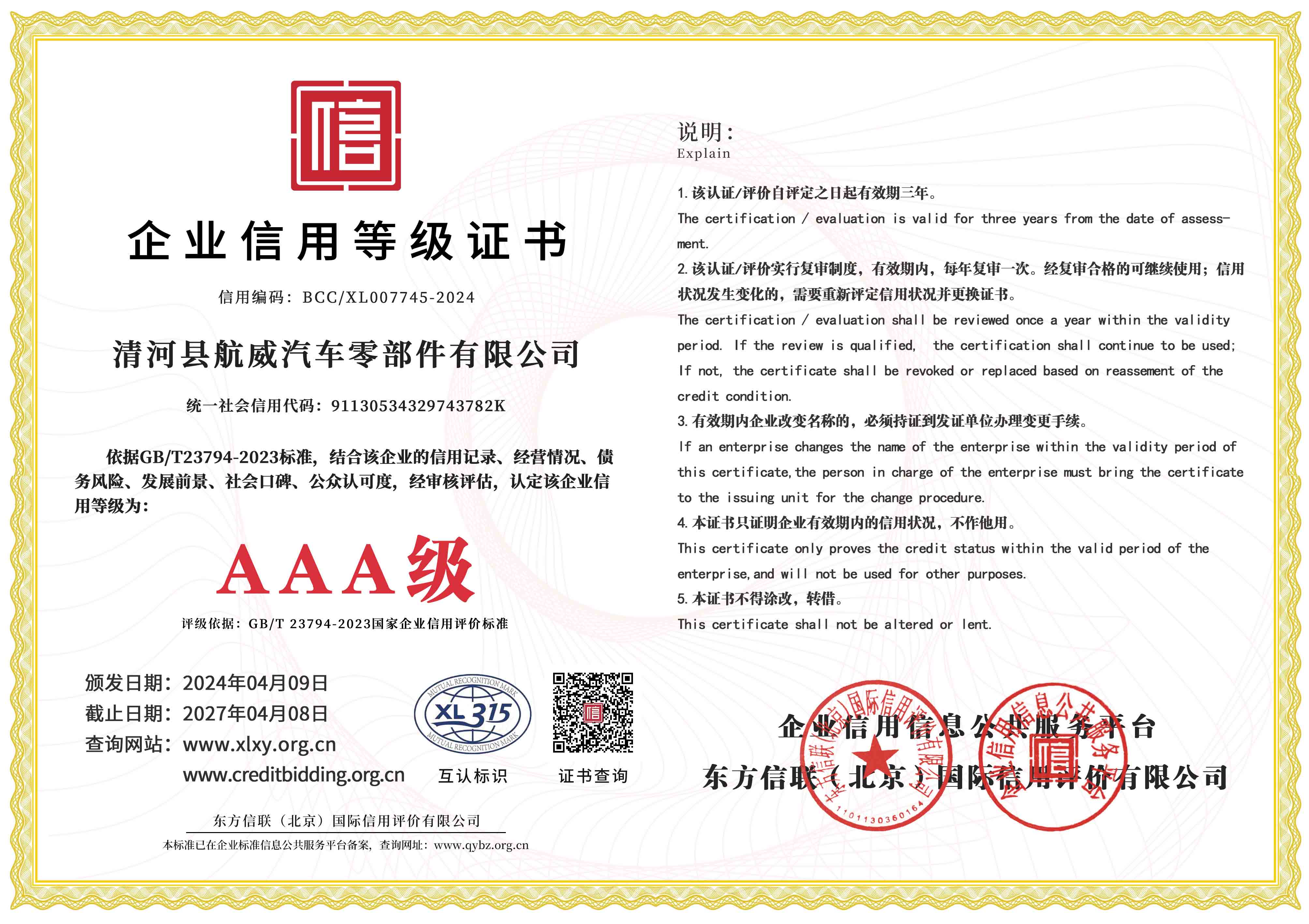gas pedal cable
The Gas Pedal Cable An Essential Component in Automotive Engineering
In the intricate world of automotive engineering, every component plays a critical role in ensuring a vehicle operates smoothly and efficiently. Among these components, the gas pedal cable is an often-overlooked element that is crucial for the functionality of a vehicle's acceleration system. This article explores the significance of the gas pedal cable, its workings, potential issues, and maintenance strategies, providing a comprehensive understanding of its role in modern vehicles.
Understanding the Gas Pedal Cable
The gas pedal cable, also known as the throttle cable, is a crucial link between the accelerator pedal and the throttle body of an engine. When a driver presses down on the gas pedal, the pedal moves the cable, which in turn adjusts the throttle position in the engine. This adjustment regulates the amount of air and fuel mixture that enters the engine, directly impacting the vehicle's acceleration and overall performance.
In traditional vehicles equipped with internal combustion engines, the gas pedal cable operates mechanically. The physical movement of the pedal results in the cable's movement, pulling on the throttle and causing it to open and allow more air into the engine. However, with the advent of modern vehicles and advancements in technology, many cars now utilize electronic throttle control (ETC) systems that rely on electronic sensors and actuators instead of a traditional cable. Despite this shift, understanding the role of the gas pedal cable remains important, particularly in older models and certain performance vehicles.
Common Issues with Gas Pedal Cables
Like any mechanical part, the gas pedal cable can experience wear and tear over time. Common issues include fraying, kinks, or complete breakage of the cable. Frayed cables can result in inconsistent throttle response, while a kinked or damaged cable can lead to a stuck throttle, posing a significant safety risk. Additionally, corrosion can accumulate where the cable interacts with various components, further hindering its performance.
gas pedal cable

Symptoms of a malfunctioning gas pedal cable may include difficulty in accelerating, the gas pedal feeling unusually loose or stiff, or a notable increase in engine RPMs without a corresponding increase in speed. If drivers experience any of these symptoms, it is crucial to address the issue promptly to avoid potential accidents.
Maintenance and Replacement of Gas Pedal Cables
Maintaining the gas pedal cable is essential for optimal vehicle performance and driver safety. Regular inspections can help detect early signs of wear. Mechanics typically recommend checking the cable for fraying or kinking during routine service intervals. If any damage is found, replacing the cable is often a straightforward process.
Replacement cables can be found at auto parts stores and are usually specific to the vehicle's make and model. When installing a new gas pedal cable, it's essential to ensure proper tension and alignment to prevent future issues. This process may require adjustments to ensure smooth operation and a consistent throttle response.
Conclusion
The gas pedal cable may seem like a small component in the grand scheme of a vehicle's operation, but it plays a vital role in ensuring that drivers have control over their cars. By understanding the functions, common issues, and maintenance practices associated with gas pedal cables, vehicle owners can take proactive measures to ensure their vehicles remain in optimal condition. In an automotive landscape where many components are becoming increasingly automated and electronic, the gas pedal cable serves as a reminder of the fundamental mechanical principles that still govern vehicle operation. A well-maintained gas pedal cable not only guarantees a better driving experience but also enhances safety on the road.
-
Workings of Clutch Pipe and Hose SystemsNewsJun.04,2025
-
The Inner Workings of Hand Brake Cable SystemsNewsJun.04,2025
-
The Secrets of Throttle and Accelerator CablesNewsJun.04,2025
-
The Hidden Lifeline of Your Transmission Gear Shift CablesNewsJun.04,2025
-
Demystifying Gear Cables and Shift LinkagesNewsJun.04,2025
-
Decoding Clutch Line Systems A Comprehensive GuideNewsJun.04,2025
